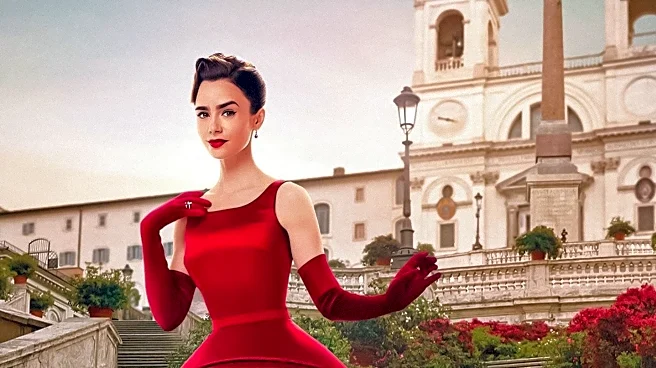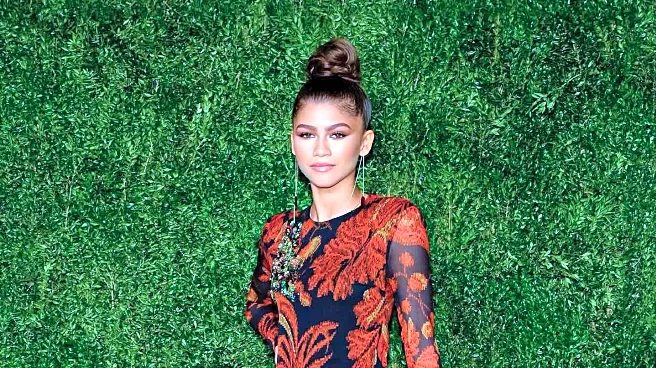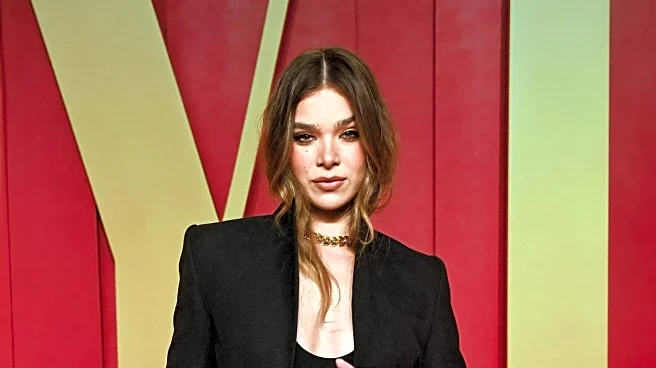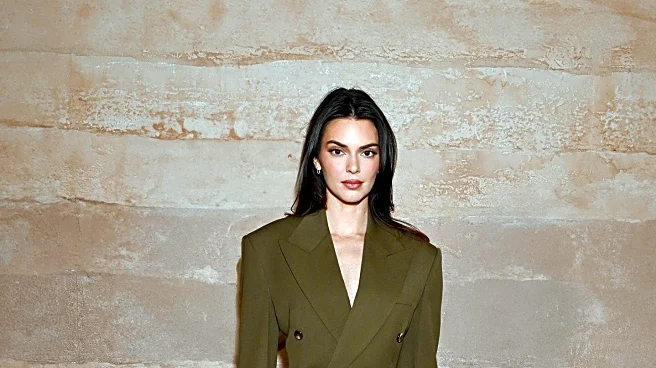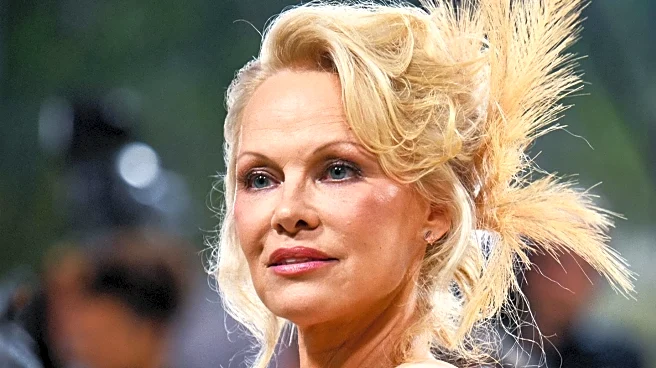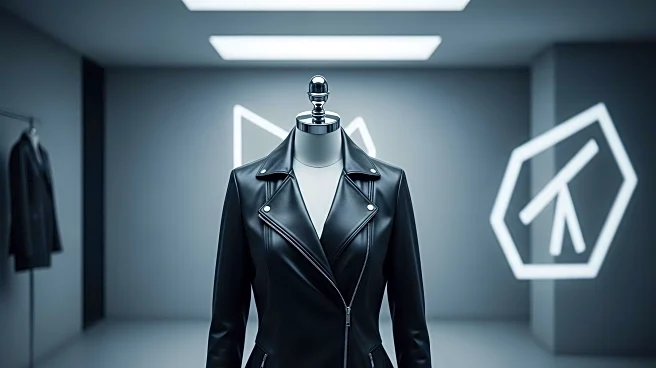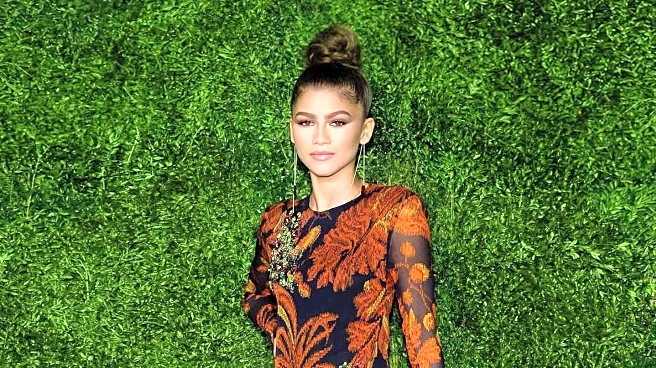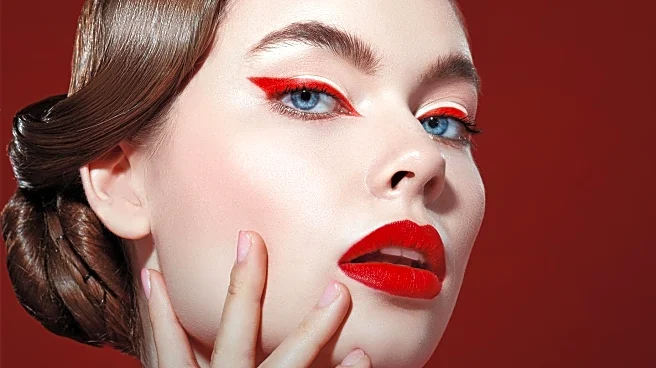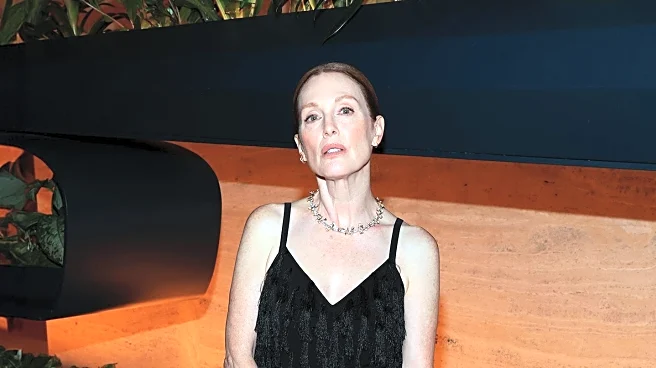What's Happening?
Pamela Anderson has made a striking appearance at a Paris Fashion Week event, showcasing a dramatic transformation with a new ginger shag haircut. This hairstyle marks a departure from her usual blonde bob, embracing a look reminiscent of the 1970s rock 'n' roll era. The shag haircut, characterized by its layered structure, was popularized by figures like Mick Jagger. Hairstylist Tom Smith describes the cut as having the shortest layers in the fringe area, gradually lengthening towards the nape. Anderson's new look was revealed during a party with Vogue, highlighting her ongoing beauty evolution, which has included a move towards a more natural, makeup-free appearance.
Why It's Important?
Pamela Anderson's adoption of the ginger shag haircut underscores a broader trend in the beauty industry towards retro styles and natural aesthetics. This shift reflects a growing consumer interest in effortless and authentic looks, moving away from heavily styled appearances. The revival of the shag haircut, a style rooted in the 70s, suggests a cyclical nature in fashion and beauty trends, where past styles are reimagined for contemporary audiences. This trend could influence hairstylists and fashion designers, prompting a resurgence of vintage-inspired looks in upcoming collections and media portrayals.
What's Next?
As Pamela Anderson's new hairstyle garners attention, it is likely to inspire both fans and fashion enthusiasts to explore similar retro styles. Hairstylists may see an increase in requests for shag haircuts, prompting them to adapt the classic style with modern techniques and products. Additionally, fashion brands might incorporate 70s-inspired elements into their designs, capitalizing on the renewed interest in vintage aesthetics. The beauty industry could also see a rise in products that support natural and textured hair looks, aligning with the trend towards minimalistic beauty routines.
Beyond the Headlines
The embrace of retro styles like the shag haircut may also reflect a cultural nostalgia, as individuals seek comfort in familiar and iconic looks from the past. This trend could influence broader cultural expressions, including music, film, and art, as creatives draw inspiration from the 70s era. Furthermore, the focus on natural beauty aligns with a societal shift towards sustainability and authenticity, encouraging consumers to prioritize personal expression over conforming to traditional beauty standards.

